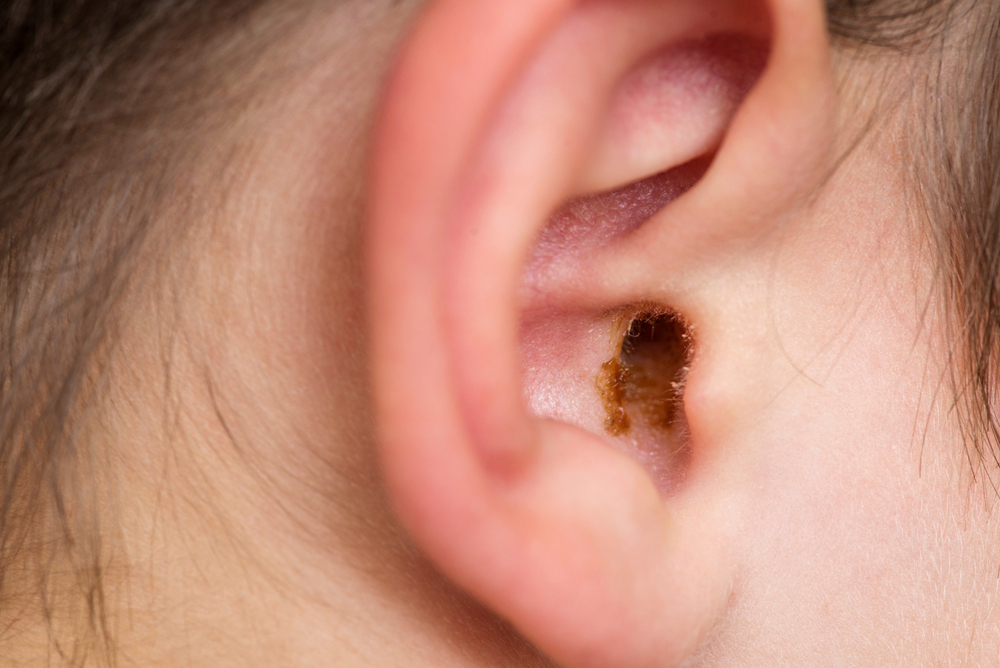
Chances are, earwax and its buildup haven’t been subjects of extensive consideration for you, except perhaps during ear hygiene routines. However, understanding what causes earwax, how it develops, and its purpose is essential.
So why does earwax build-up?
Earwax, technically called cerumen, is a thick combination of debris, hair, skin particles, sweat, and ceruminous gland secretions. Earwax will show up as a waxy substance that will usually be yellow, orange, brown, or even grey.
While the production amount of earwax differs from individual to individual, adults usually produce less earwax than children. Children also typically have softer earwax that’s lighter in color than adults.
Earwax goes by the outer ear canal naturally, ultimately reaching the ear opening, where it either self-expels or gets washed out when you bathe.
Why do we need earwax?
Earwax serves several crucial functions, such as:
- Safeguarding and moisturizing the skin lining the ear canal, thus preventing dryness and itchiness.
- Before things such as dust, dirt, or other external debris get further up into the ear canal, earwax acts as a barrier.
- Fending off potential infections that may develop within the ear canal.
Earwax obstructions
Usually, there’s no imperative need to remove earwax from your ears unless it becomes impacted, a prevalent problem associated with earwax. Impacted earwax can stem from narrow or unusually shaped ear canals hindering the natural movement of earwax toward the ear’s opening.
Wax can be accidentally crammed up into the ear canal by utilizing poor cleaning methods like using cotton swabs.
Individuals wrestling with hearing loss who make use of earplugs or hearing aids are also susceptible to experiencing ear canal blockages.
How is hearing affected by excessive earwax?
The presence of earwax blockages might yield slight discomfort and dampen auditory health.
Ringing in the ears, or tinnitus, might also happen.
Untreated earwax blockages might intensify into middle ear infections, perforated eardrums, or enduring hearing impairment due to acoustic trauma.
Addressing impacted earwax
It’s essential that you contact us as soon as possible if you think your ears may be blocked by earwax. Depending on the severity of the blockage, you might be advised to use over-the-counter wax softening drops or a bulb syringe for delicate irrigation to alleviate the condition.
If you’re concerned about your earwax buildup, call us today to schedule an appointment.